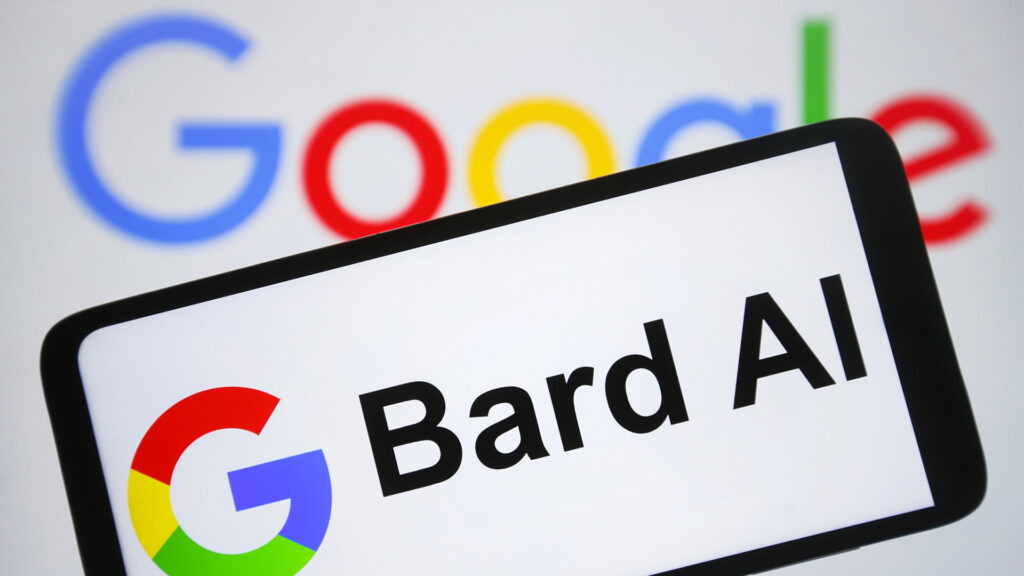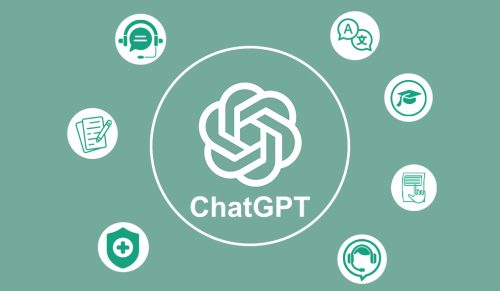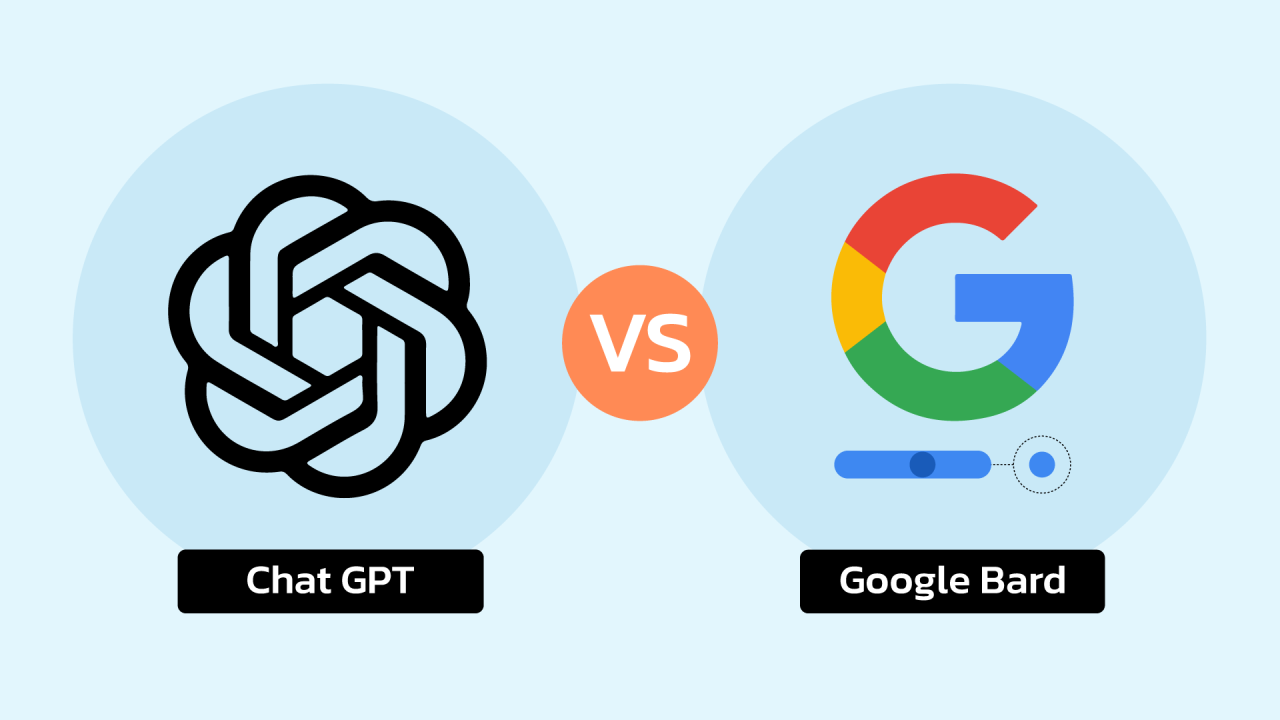As artificial intelligence continues to evolve, Google Bard and OpenAI’s ChatGPT have emerged as leading AI-powered tools for a variety of tasks. Both are designed to generate human-like text, but they have different strengths and capabilities. Here, we’ll compare these two tools to help you understand which is best suited for specific tasks.
Overview of Google Bard and ChatGPT

Google Bard is a conversational AI service developed by Google, designed to assist with a range of tasks, from generating creative content to answering questions based on real-time data. Bard is integrated with Google’s vast ecosystem, providing up-to-date information by scouring the web in real-time.

ChatGPT by OpenAI, available in various versions including the advanced GPT-4, is known for its natural language processing capabilities. It can generate coherent and contextually relevant text based on extensive training data. ChatGPT is widely used for content creation, problem-solving, and interactive conversations.
Key Differences
Data and Training Models
- ChatGPT: Utilizes the GPT architecture and is trained on a diverse dataset including Common Crawl, Wikipedia, books, and other textual data. The free version of ChatGPT (GPT-3.5) relies on data up to September 2021, while the paid GPT-4 version can browse the internet for up-to-date information.
- Google Bard: Based on Google’s PaLM 2 and Gemini Pro architectures, Bard continuously updates its knowledge by accessing real-time web data. This allows it to provide the latest information and respond with more current context.
Features and Integrations
- Google Bard:
- Real-Time Web Access: Always up-to-date with the latest information from the internet.
- Multimodal Input: Supports text, voice, and image inputs.
- Response Modification: Users can request variations of responses (e.g., shorter, more casual).
- Integration with Google Ecosystem: Exports responses to Google Docs or Gmail directly.
- Draft Responses: Provides multiple drafts for each query, offering a variety of perspectives.
- ChatGPT:
- Generative Text Capabilities: Known for producing high-quality, human-like text ideal for creative writing and detailed explanations.
- Customizability: Users can create custom versions (GPTs) to suit specific needs.
- Plugin Support: Offers plugins for extended functionalities, including web browsing for GPT-4 users.
- Voice and Image Input: Supports voice and image inputs in the latest versions, enhancing accessibility.
Performance Comparison
Text Generation
- ChatGPT is often preferred for creative writing tasks such as drafting emails, writing essays, and generating articles. Its ability to produce coherent, stylistically appropriate text makes it a favorite for content creation.
- Google Bard also performs well in text generation, but it shines in tasks requiring up-to-date information due to its real-time web access. For example, when tasked with writing an essay about a recent event, Bard can provide the latest details, whereas ChatGPT may rely on slightly outdated data unless using the GPT-4 version with browsing capabilities
Research and Information Retrieval
- Google Bard excels in research and information retrieval tasks. Its ability to search the web in real-time ensures that users receive the most current information. This makes Bard particularly useful for tasks like finding the latest news, current statistics, or up-to-date product reviews.
- ChatGPT is effective for general research based on its vast training dataset. However, its reliance on pre-September 2021 data for the free version limits its ability to provide current information. GPT-4’s browsing capability mitigates this, but it’s only available in the paid version.
User Experience and Accessibility
- Google Bard offers an intuitive user experience, especially for those already integrated into the Google ecosystem. Its features like multiple draft responses, direct integration with Google services, and the ability to modify prompts enhance its usability.
- ChatGPT provides a straightforward and user-friendly interface. Its ability to generate high-quality text across various domains makes it accessible to a broad audience. The addition of voice and image inputs further enhances its accessibility, catering to users who prefer different interaction modes.
Pros and Cons
Google Bard
Pros:
- Real-time web access for up-to-date information.
- Supports multiple input modes (text, voice, images).
- Direct integration with Google services.
- Offers multiple drafts and response modification options.
Cons:
- Computationally intensive, requiring significant resources.
- Still experimental, with occasional inaccuracies.
ChatGPT
Pros:
- Excellent generative text capabilities.
- Customizable with plugins and custom GPTs.
- Supports multiple languages and programming languages.
- Simple and user-friendly interface.
Cons:
- Free version relies on outdated data (up to September 2021).
- Paid version required for the most advanced features, including real-time web browsing.
- Potential biases in responses due to training data limitations.
Choosing the Right Tool
For Content Creation – ChatGPT
- ChatGPT is generally the better choice due to its advanced text generation capabilities. It’s ideal for writing essays, articles, creative content, and detailed explanations.
For Real-Time Information and Research – BARD
- Google Bard is more suitable for tasks requiring the latest information. Its ability to access and synthesize real-time web data makes it perfect for current event summaries, up-to-date research, and answering questions about recent developments.
For Integration with Google Services – BARD
- Google Bard provides seamless integration with Google’s suite of tools, making it the best option for users who rely heavily on Google Docs, Gmail, and other Google applications.
For Customizable AI Solutions – ChatGPT
- ChatGPT offers more flexibility with custom versions and plugin support, allowing users to tailor the AI to their specific needs.
In conclusion, the choice between Google Bard and ChatGPT depends largely on the specific tasks and user preferences. Both tools have their unique strengths and can significantly enhance productivity and creativity when used appropriately. Experimenting with both can help users determine which AI best suits their individual or organizational needs.
What to read next?
- How to make your Morning Routine Successful
- Top 7 Instant Pots: Understanding the Many Different Models and Choosing the Right One for You
- ChatGPT FAQs, Troubleshooting, Advanced Features, and Practical Applications
- Understanding ChatGPT vs GPT-4 vs DALL-E – When do you use which one?
- 10 Tips for using ChatGPT + a detailed example of how a student can use ChatGPT for school projects.
- Ashwagandha Mental Health Benefits for teens and adults.
- 3 Fish Taco Recipes: Baja-style, Chipotle, and Blackened. Which is your fav?
- Google Bard vs ChatGPT – which one is best?
- The 5 Best Sous Vide Machines
- Traeger Flatrock Grill vs Blackstone Griddle

